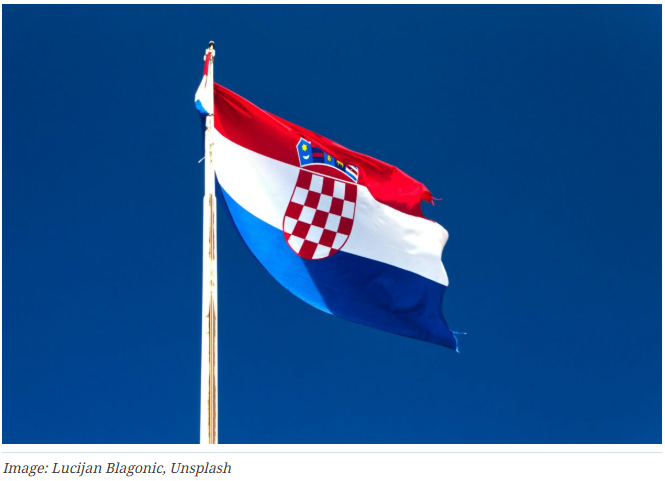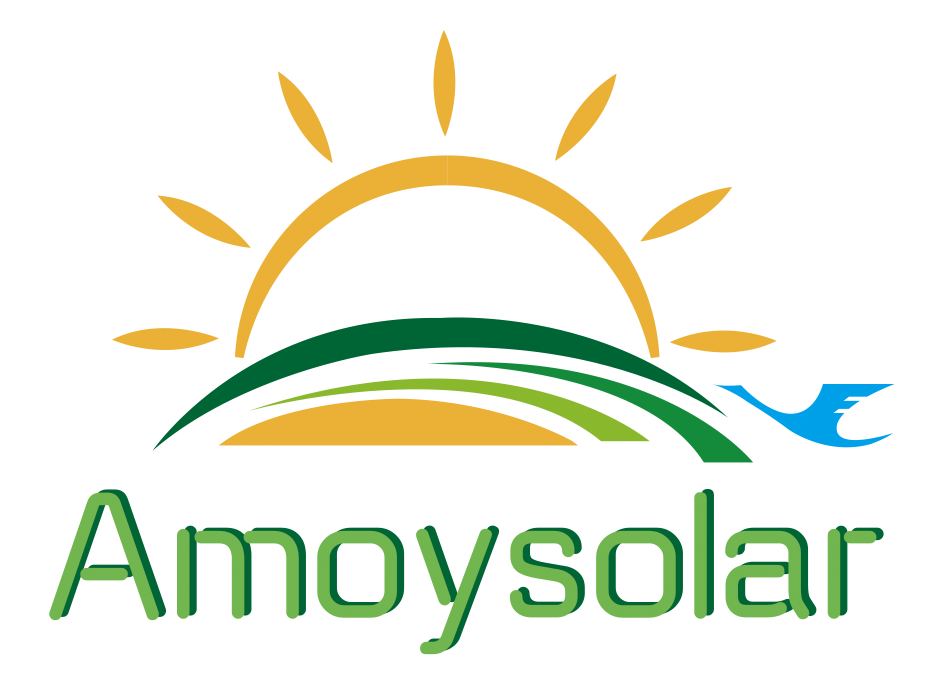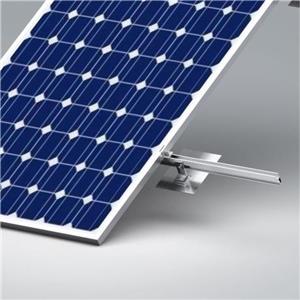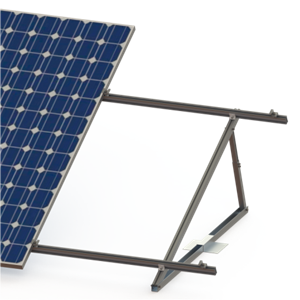Croatia’s new solar additions hit 397.1 MW in 2024
The Renewable Energy Sources of Croatia Association (RES Croatia) says Croatia’s solar market is growing year over year. But with residential and industrial rooftops accounting for most new installations, a key focus is enabling utility-scale growth.
February 3, 2025 Patrick Jowett

Croatia installed 397.1 MW of solar in 2024, according to figures from RES Croatia.
The figure is an increase on the 238.7 MW of solar that were installed in 2023. The association told pv magazine that Croatia’s solar sector is currently dominated by residential and industrial-sized rooftop installations, which accounted for nearly 90% of the solar capacity added last year.
There are currently over 26,000 solar power plants connected to the grid in Croatia with a combined capacity of 872.1 MW, according to RES Croatia’s figures, meaning the country is on course to join the gigawatt club this year. Current deployment is made up of approximately 655 MW on commercial and industrial (C&I) rooftops, 155 MW on residential rooftops, and 62.1 MW of large-scale solar installations.
Croatia ranks at the bottom of the European Union for total solar energy production, generating about 3% of its annual electricity. RES Croatia told pv magazine that speeding up utility-scale solar development remains a key challenge.
“We are still waiting for a larger momentum in the development of utility-scale solar power projects, for which there is significant investor interest,” the association said in a statement. “However, the process of obtaining permits, particularly for connecting projects to the electricity grid, remains lengthy and challenging.”
The primary barrier is a delay in a decision by the Croatian Energy Regulatory Agency (HERA) regarding the unit fee for grid connection, the association said. It was expected to be finalized by the end of 2022 but is still pending. “Without a clear understanding of the final connection costs, investors find it difficult to commit to long-term obligations with electricity buyers,” the association explained.
RES Croatia also said that the development of energy storage technologies, as well as increased investments in grid infrastructure, will play a crucial role in enabling integration of renewable energy into the grid. But it added that the legal framework for battery energy storage systems needs further refinement, as it is currently fragmented.
Among the solar projects announced in Croatia last year were a 99 MW site scheduled for commissioning in 2026 and a 189 MW facility, set to be the country’s biggest plant to date.
Croatia held a renewables auction in summer 2024 that awarded more than 400 MW of solar across two categories. RES Croatia said the allocated capacities were a total of 330 MW across nine solar plants greater than 1 MW, alongside a further 83.5 MW in projects between 200 kW and 1 MW.
This year, Croatia plans to allocate €25 million ($25.7 million) for public sector solar plants and heat pumps, alongside a €10 million residential solar tender.




